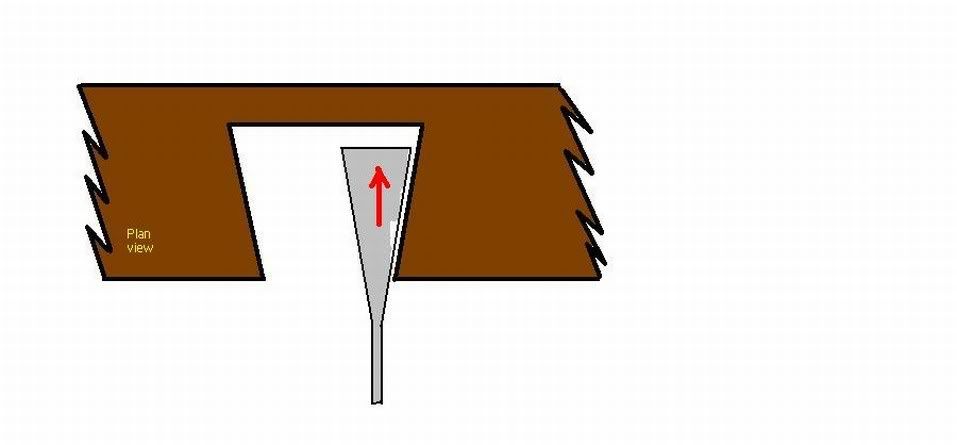Pardon my lack of knowledge, but i've been digging about on this in preparation for an upcoming project - it can take over a week to get delivery and be expensive if anything needs to be bought as it's usually a case of using a UK or German supplier.
I've a couple of very nice Japanese fishtail chisels which have so far had a little use and done fine, but my joint cutting experience is very limited. I'm as a result trying to figure out in advance if there's anything that skews do over and above.
The web or indeed searching here doesn't bring up much more than 'i've got this', or 'i did that' - but very little on specific technique or tool set up. They seem to get used interchangeably - for e.g. stuff like clearing out sockets (?) in a half blind dovetail. Guess i'm wondering about the nitty gritty of the tools in use, and how this may determine best choices.
A skew for example isn't going to be much use if the angle of the skew isn't at least as great as that on the pin, but in practice they seem usually to be sharpened to a much greater angle. The sides of a fishtail presumably also need to be angled more than the pin.
A skew if made from a narrow chisel can perhaps at times be narrower than a fishtail, but that may or may not be a big advantage?
I seem to be drawn more to the fishtail in that it permits most of the time keeping the shank of the tool square to the work.
Fishtails are a bit awkward to sharpen, but filing a short/narrow flat in the right place on the shank seems so far to have made them very do-able in the Veritas Mk 2 guide.
Is there possibly a great world of skew/fishtail chiselling applications out there with considerations attached beyond the fairly narrow scenario outlined?




 Reply With Quote
Reply With Quote












 Guess i'll have to remember not to drop my drawers too...
Guess i'll have to remember not to drop my drawers too...
